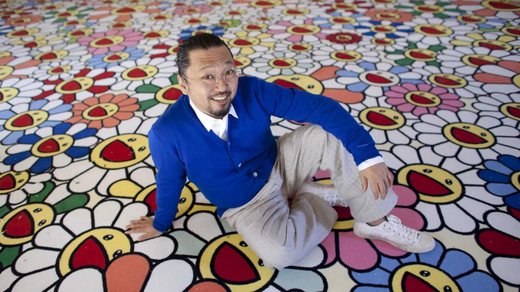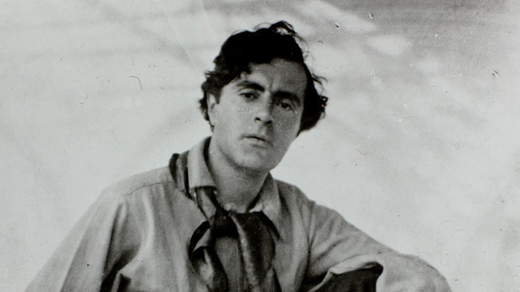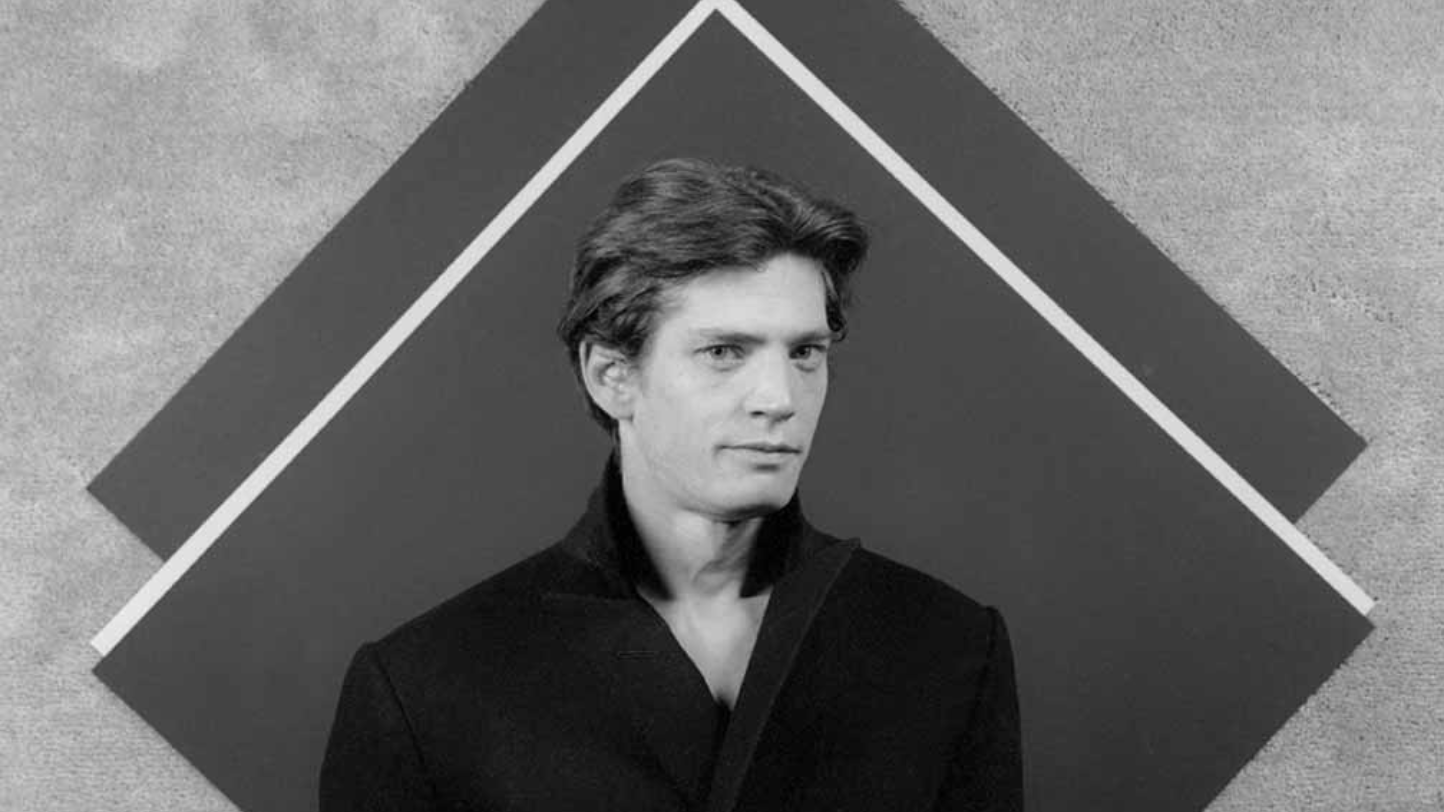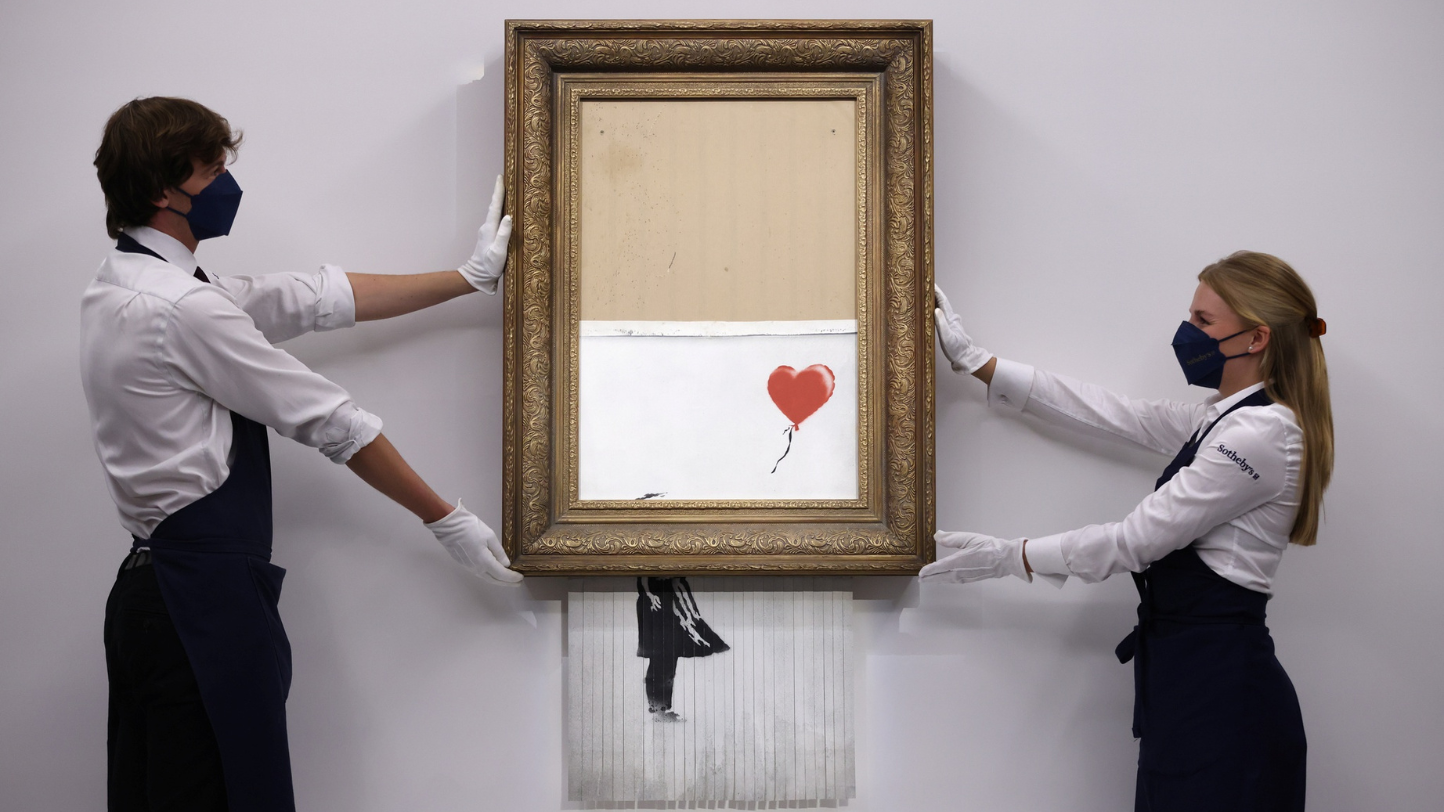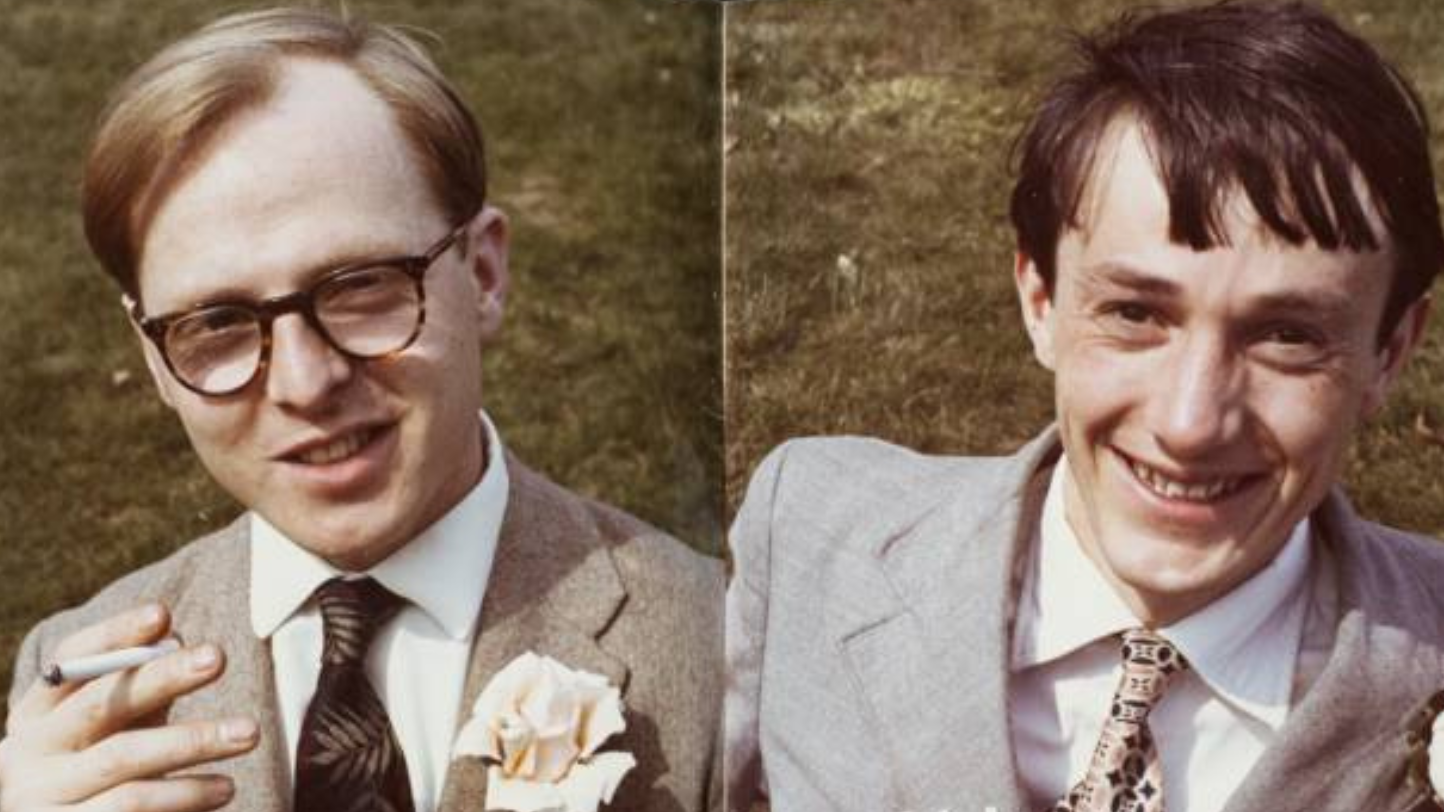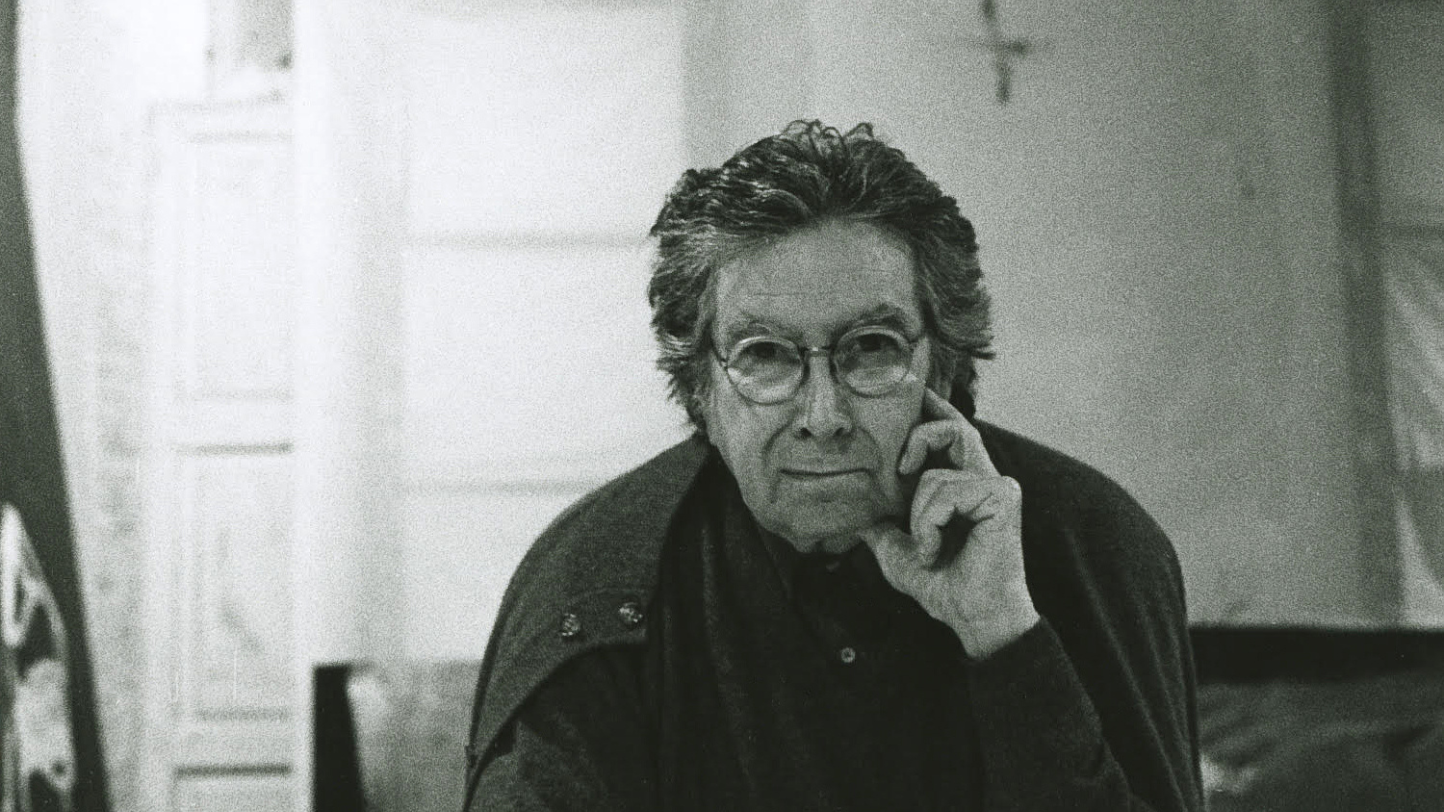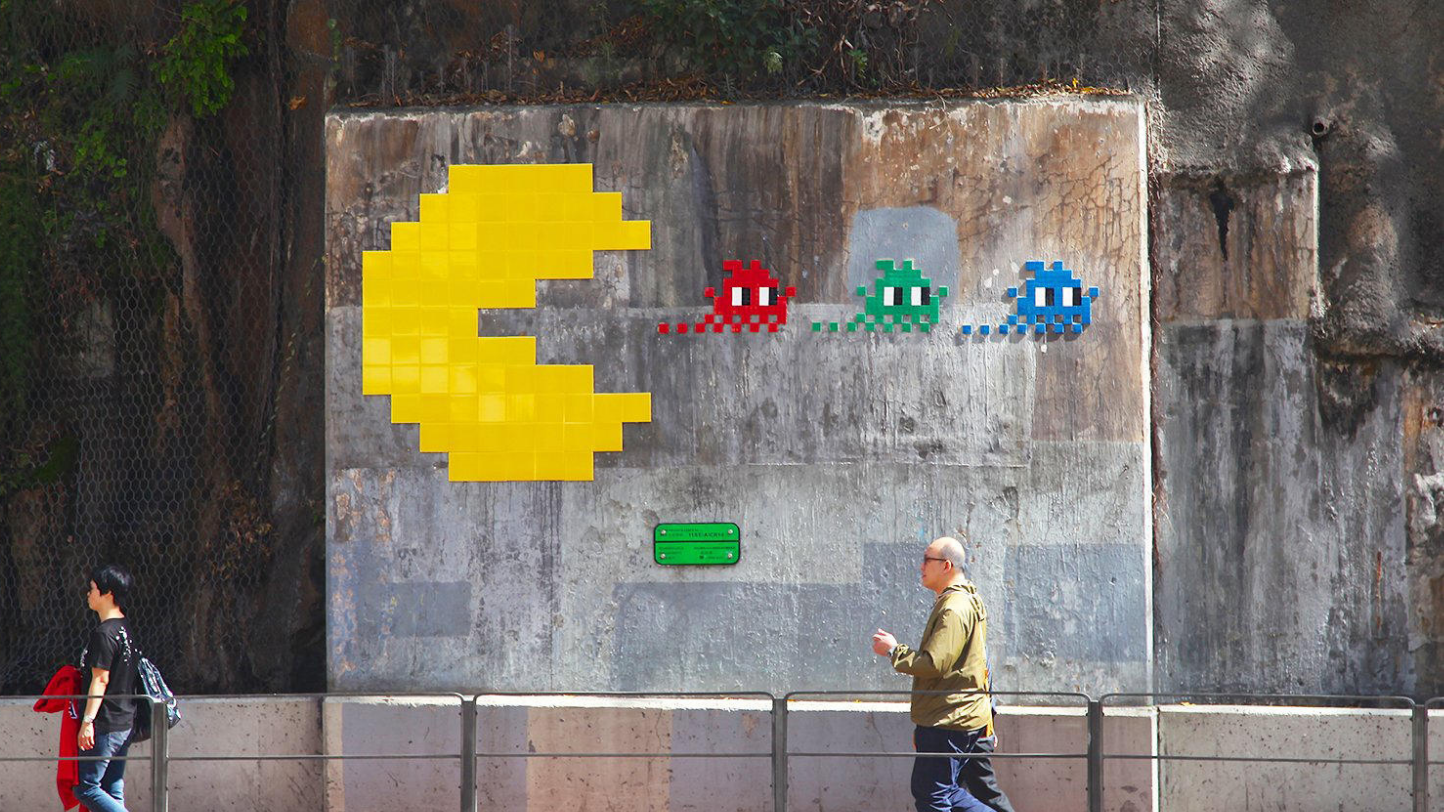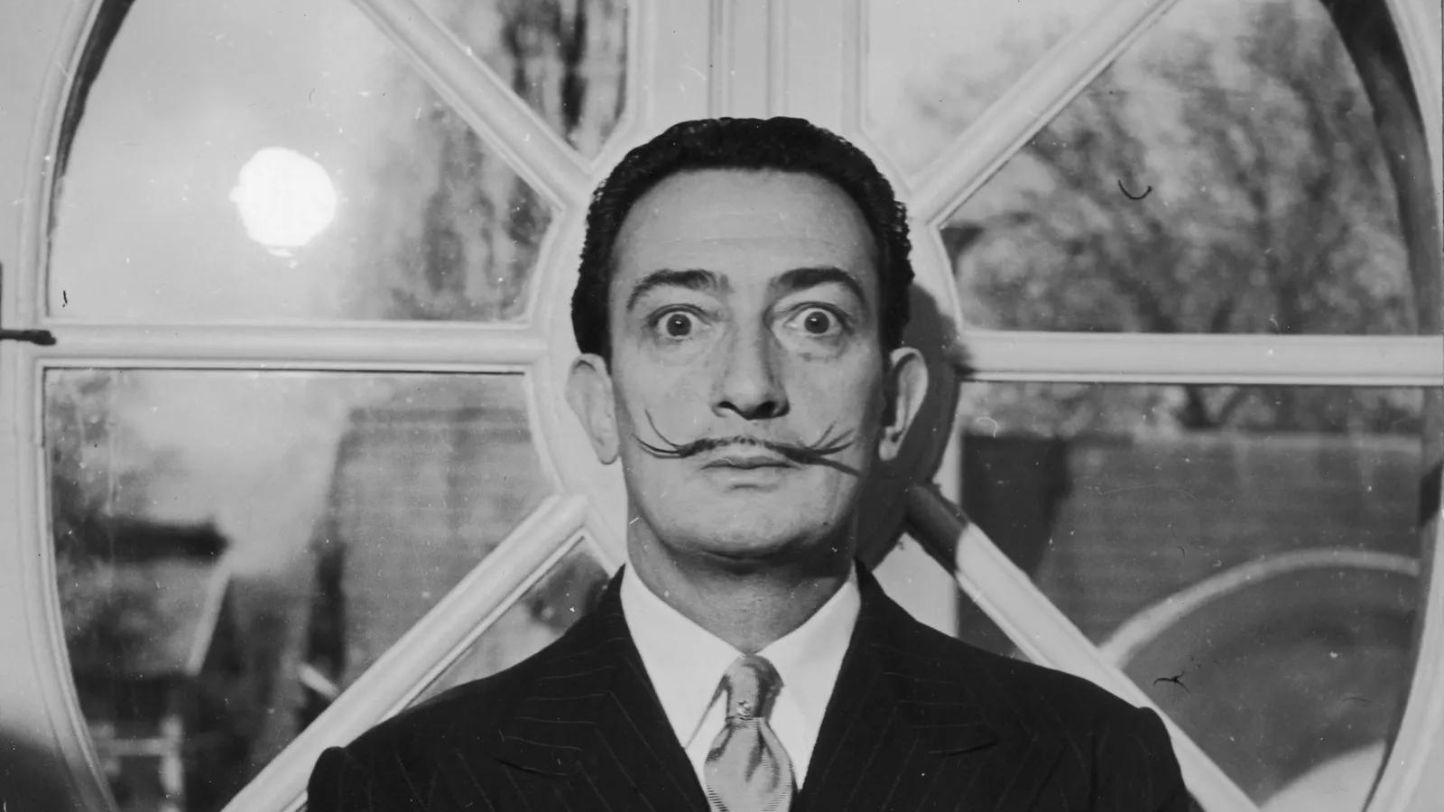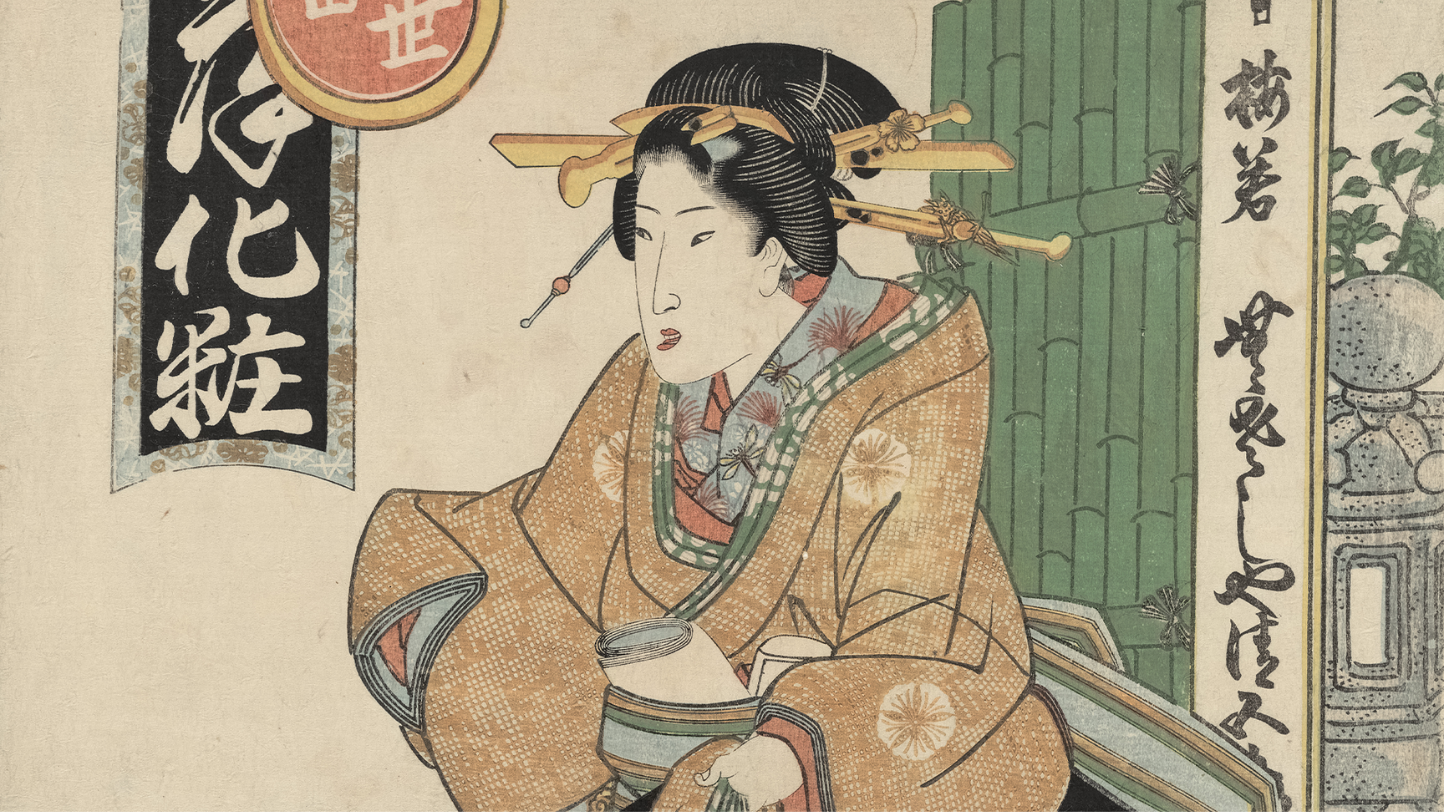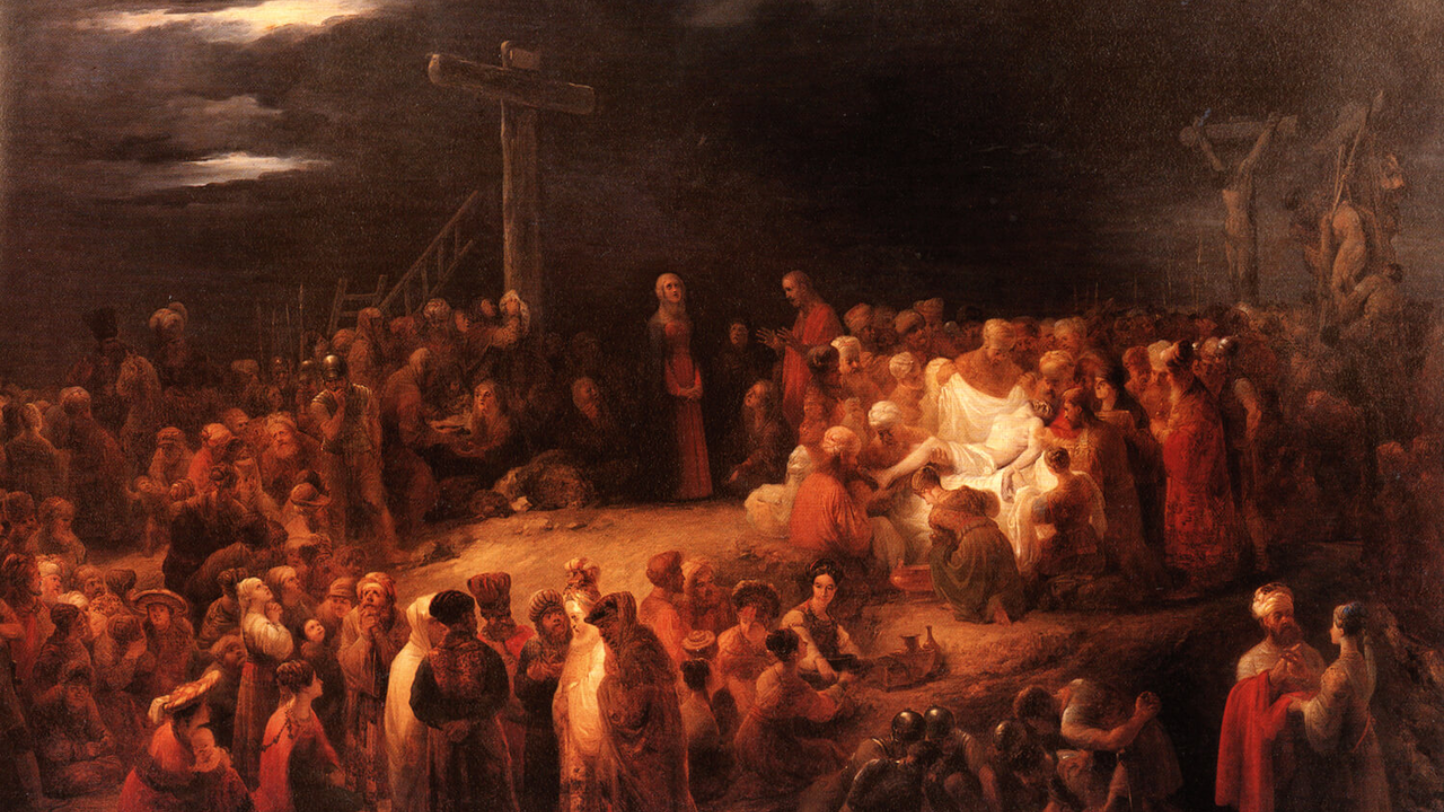Robert Mapplethorpe is known for his magnificent black and white portraits, which challenge his audience. Robert Mapplethorpe's career blossomed in the 1980s with commercial projects, creating album covers for Patti Smith and the band Television, as well as a series of portraits and party photos for Interview Magazine. After being diagnosed with AIDS (AIDS) in 1986, he accelerated his creative efforts and carried out increasingly ambitious projects. In 1988, a year before his death, he had his first major exhibition at The Whitney Museum of American Art in New York.
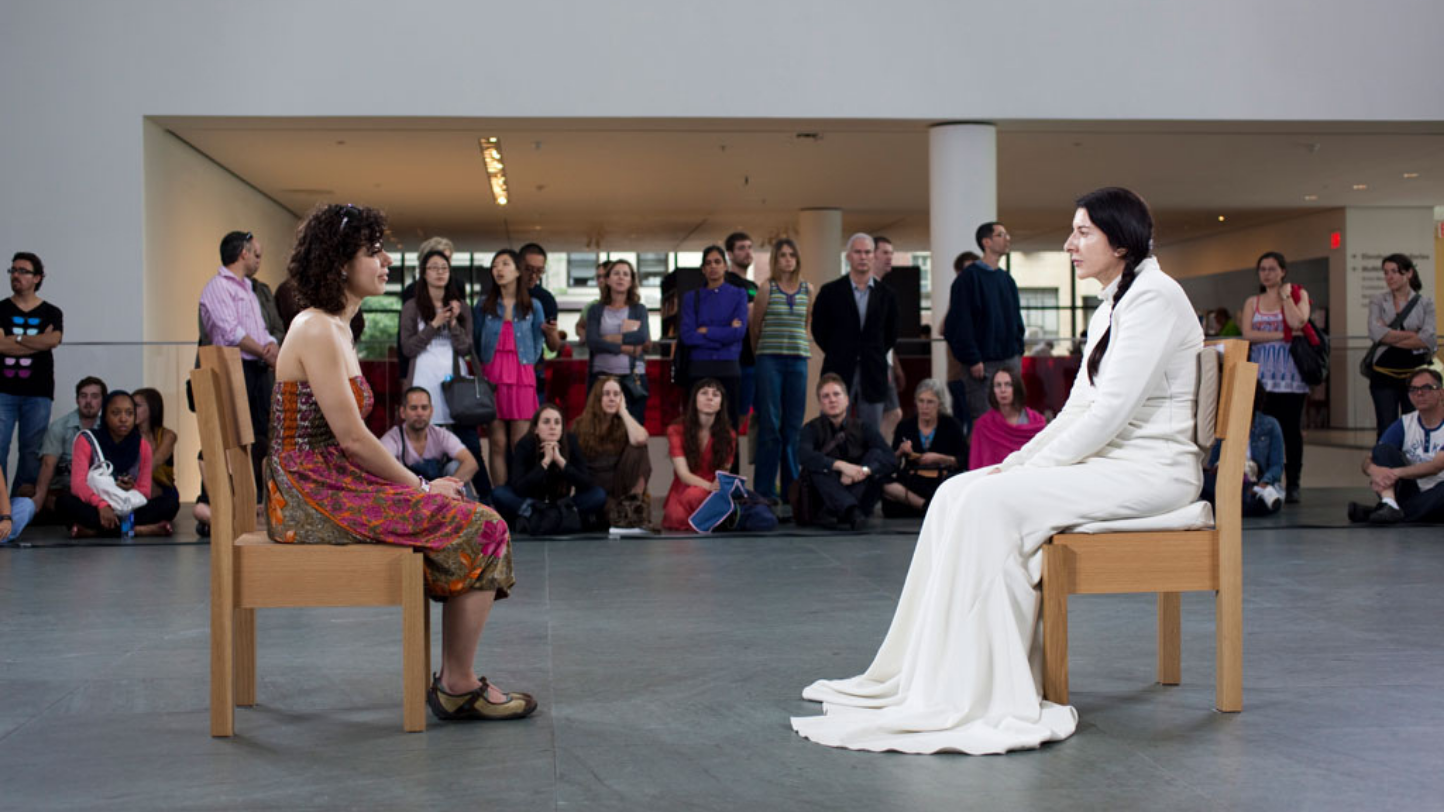

20 Most Influential Female Artists in Art History
With the onset of the Women's Movement in the 1960s, more and more female artists began to receive the recognition they deserved. Today, art history is being reexamined and artists who have fallen by the wayside are now being included and rewarded for their contributions to the evolution of art.
We've compiled a list of what we believe are some of the most important female artists past and present.
We've compiled a list of what we believe are some of the most important female artists past and present.
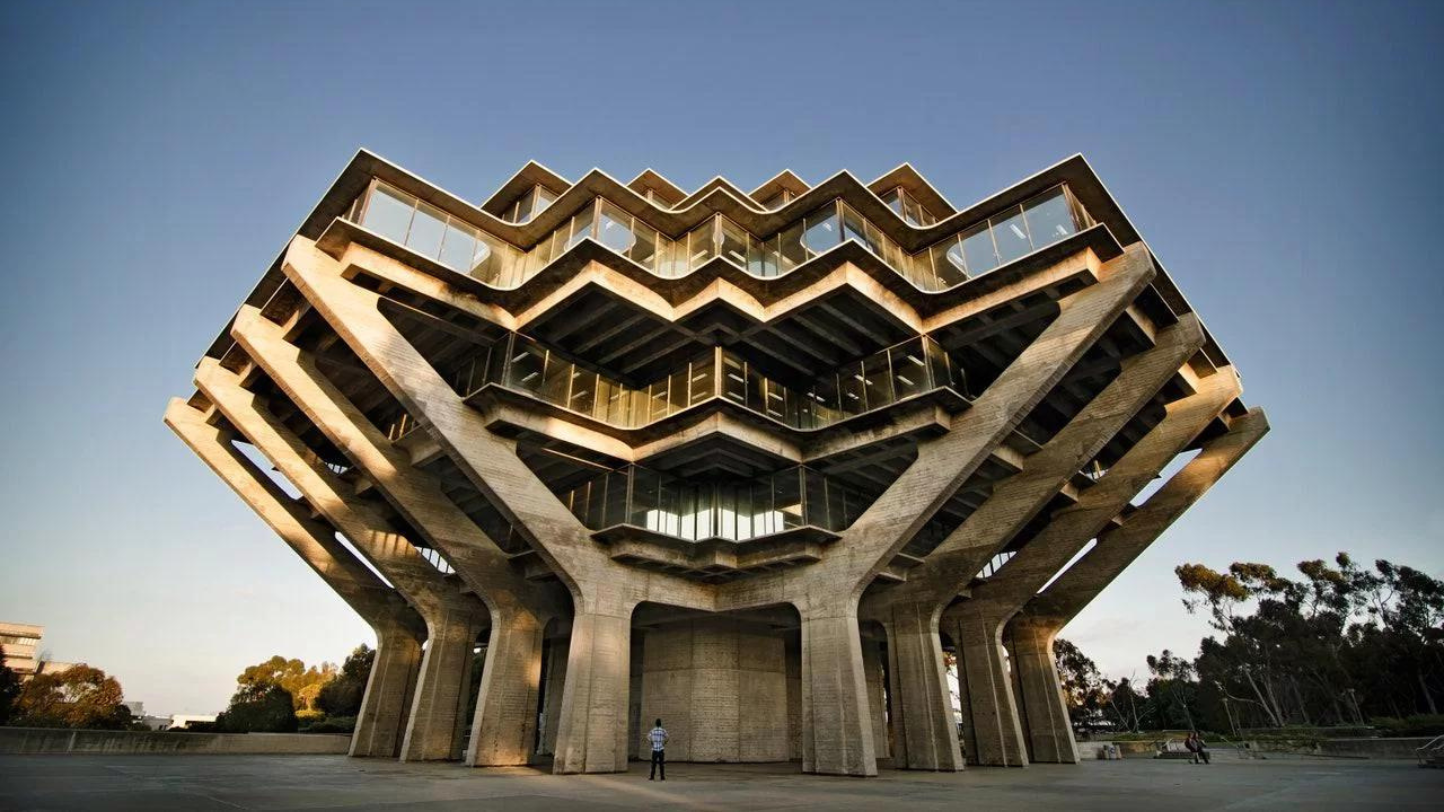

What was the brutalism movement? How did it come about?
The brutalist movement, which emerged in the middle of the 20th century, emerges as a unique architectural expression, challenging aesthetic conventions and proposing a raw and functional approach to design. Find out more here.
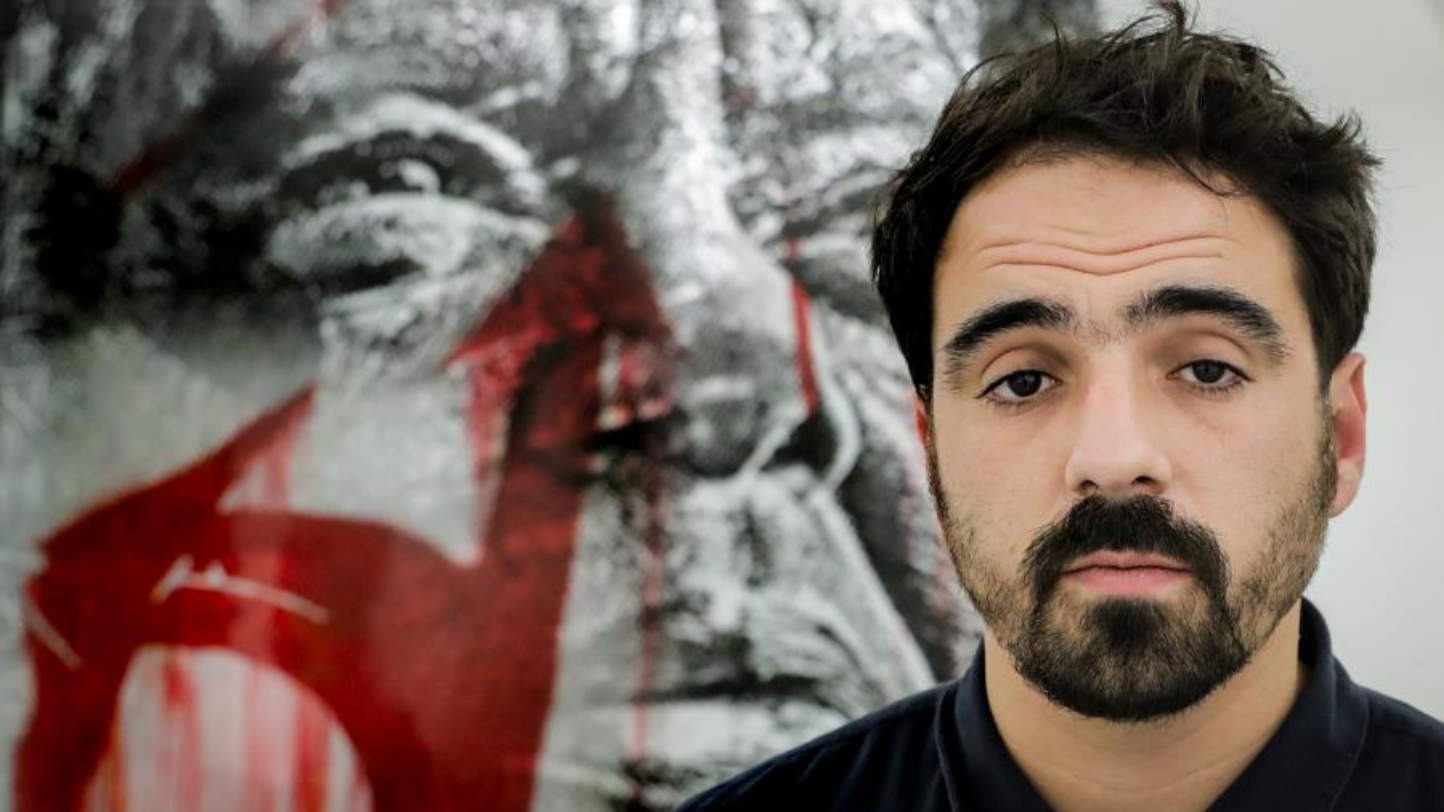

5 Iconic Artwork by the artist Vhils
Vhils grew up in Seixal, an industrialized suburb across the river from Lisbon, the capital of Portugal, and was profoundly influenced by the transformations brought about by the intense urban development the country underwent in the 1980s and 1990s.Alexandre Farto was particularly inspired by the way city walls absorb the social and historical changes taking place around them. Discover five iconic works of art from Vhils.
Ellen Kooi's photography investigates a multifaceted confrontation between man and nature, between each person and their surroundings, a complex and conflicting relationship that today is being redefined as never before and is ripe for reinvention. Learn more about Ellen Kooi here.
Takashi Murakami is a contemporary Japanese artist known for his uniquely styled works that combine Japanese pop culture and traditional Japanese art. She has been working with different media, from paintings, sculptures and has even developed collaborations with the fashion and entertainment industries. In addition to his craft as a visual artist, he also manages Kaikai Kiki Co., Ltd., an art and event production company.
Amedeo Modigliani was an Italian artist, who was born in 1884, in Livorno, Italy, and died in 1920, in Paris. In the art world, he became known for his portrait paintings, which are characterized by long, elegant faces, with large, expressive eyes, for his paintings of nude figures full of simplicity and sensuality, and finally, for his sculptures, mainly in plaster. Learn more about Amedeo Modigliani here.
Pedro Cabrita Reis was born in 1956 in Lisbon, where he currently lives and works. His work was increasingly recognized internationally, thus becoming crucial and decisive for the understanding of sculpture from the mid-1980s onwards. His work encompasses a wide variety of media – painting, sculpture, photography and drawing. Learn more about the Portuguese artist.
Girl With Balloon by banksy is one of the most popular works by the British artist. This image has become a symbol as it appears on walls, online and even on the arm of famous Canadian singer Justin Bieber who tattooed it on his arm in 2014. The English artist Banksy, anonymously, created his own language on the streets of the world, through the stencil It's from graffiti. His works are easily identifiable by their graphic language and their own characteristics. Children, policemen, rats or monkeys are some of the figures that the artist uses. Deeply figurative, these stencils critically address various social and political issues such as consumerism, political authority and terrorism. Currently, he is one of the most recognized and admired contemporary artists among the younger generations. Discover 10 facts about Girl With Balloon here.
He is one of the most important artists of our time, who has been dazzling the public with his immersive installations “Infinity Mirror Rooms” with an aesthetic that embraces light, polka dots and pumpkins. know more aboutYayoi Kusama in this article.
Most often, LGBTQ+ pride is shared with the rainbow symbol. While the rainbow signals shared identity, community and allegiance, lived experiences transcend symbols and slogans. In this pride month, P55.ART highlights artists whose work crosses the rainbow, in recognition that despite increased representation, many aspects of the queer experience are still invisible or one-dimensional.
Considered the most important Spanish artist of the second half of the 20th century, Antoni Tapies became known for his mixed media paintings that incorporated marble dust, found objects and resin.His highly textured and tactile paintings were influenced by his experience of the politics and environment of the war and the post-war state of the Spanish government.
Jeff Bezos is a name that resonates not just in the halls of digital commerce, but also in the exclusive circles of collectible art. In August 2020, when his fortune surpassed the $200 billion mark, Jeff Bezos not only became the richest man in the world, but also revealed himself to be an art collector with a keen eye for works of value and meaning. cultural. Find out more here.
Do you like Urban Art? Meet five artists that all lovers of this artistic movement must follow!
By creating a plastic language with fascinating compositions, the Spanish artistSalvador Dalí (1904–1989) became one of the leading figures of surrealism. This movement, which fits in with the vanguards of the 1920s, proposed the transposition and liberation of the unconscious in plastic experiences. His works «The Temptation of St. Anthony» (1946) and «The Persistence of Memory» (1931) presented at the time a completely innovative way of understanding the irrational, through objects such as melted clocks and extraordinary animals. In addition to being an artist,Salvador Dalí he was a writer, filmmaker and during his career he cultivated his eccentric personality, based on his behavioral and physical characteristics, such as his famous mustache and his pet an anteater (ant-bird).
The French painter Henri Matisse He first encountered ukiyo-e woodblock prints in the early 20th century. How did this change his art? Find out in this article.
Domingos António de Sequeira, a name that echoes through the pages of Portuguese art history, left an indelible mark as one of the most notable painters of the 19th century. Find out more here.


